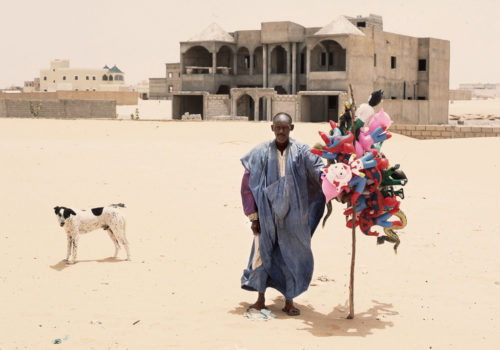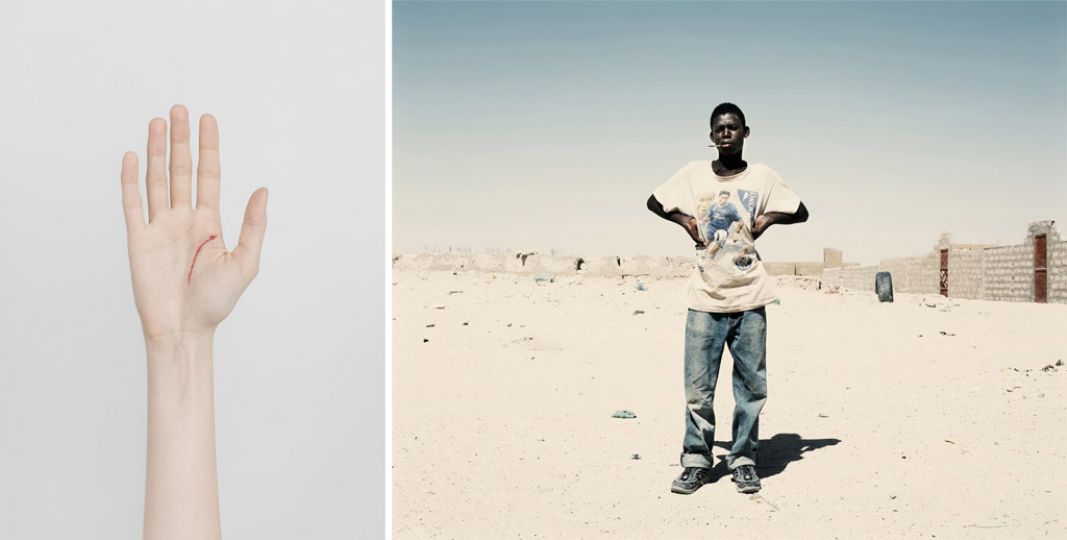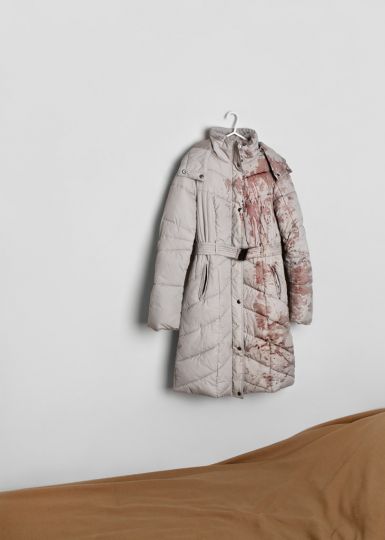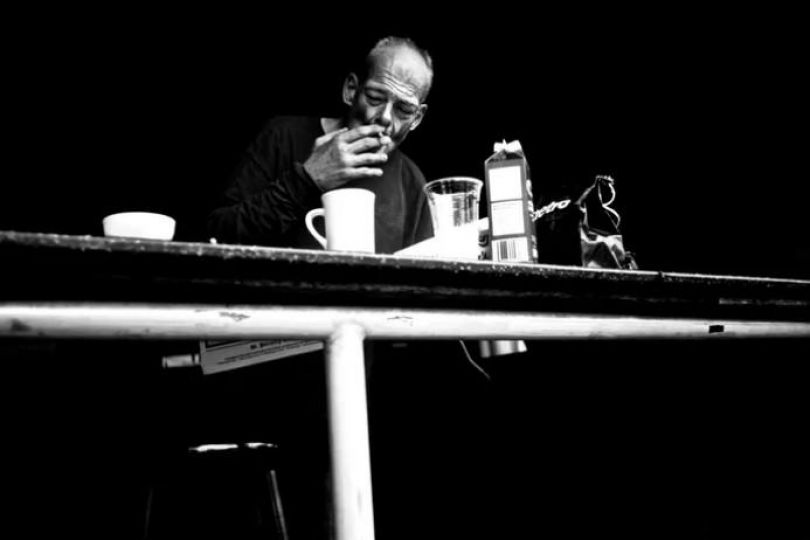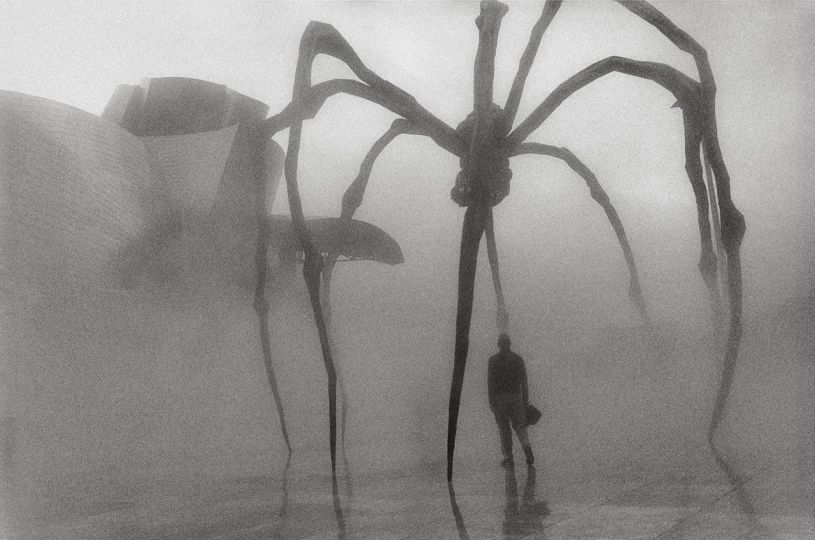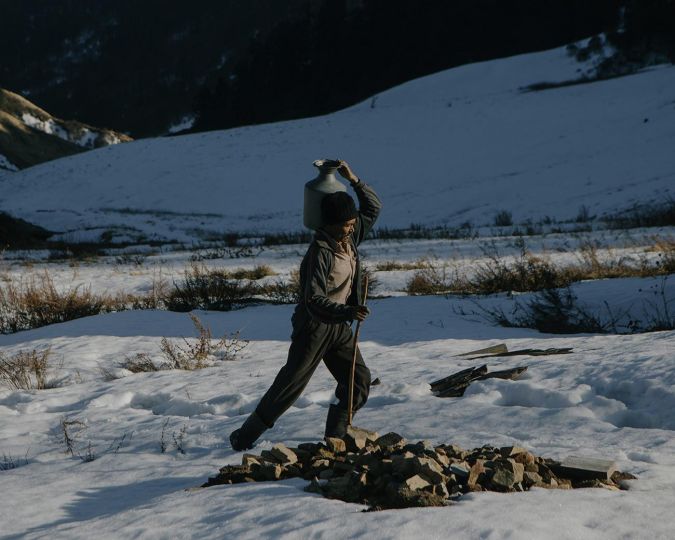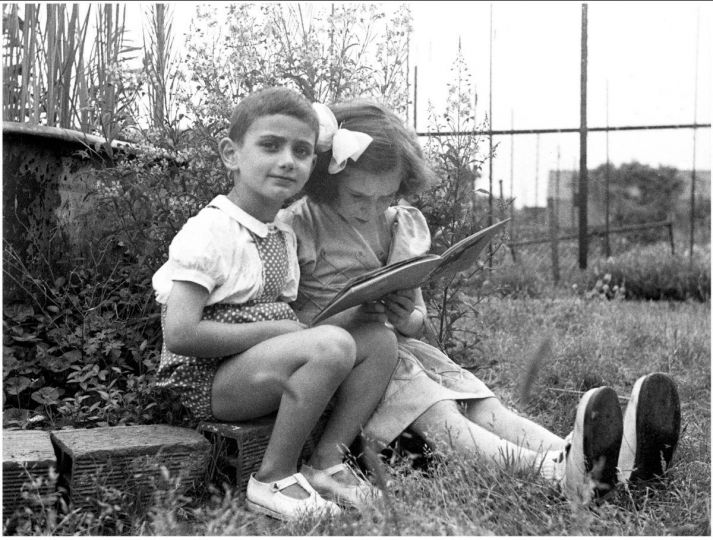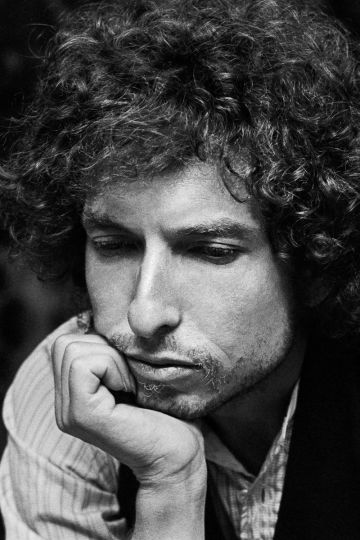The 21st edition of the HSBC Prize for Photography, for which Diane Dufour is the artistic advisor this year, was won by Christian Vium and Marta Zgierska. Christian is a 35-year old Danish photographer. The series that was proposed is an anthropological study of Nouakchott, capital of Mauritania, provisorily entitled The Nomadic City.
L’Oeil de la Photographie interviewed the artist following his nomination and brings you a selection from his work.
L’Oeil de la Photographie : You are about to receive the 21st HSBC Prize for Photography. What was your reaction to this announcement? What do you expect from this award as a new winner ?
Christian Vium : I am very honoured to receive the Prix HSBC pour la Photographie. I have great respect for the members of the jury and look forward to working closely with the entire team in producing a monograph as well as a series of exhibitions. The prix HSBC provides me with a wonderful opportunity to promote my work. The project “The Nomadic City” tells an important story about one of the most defining issues of our time: urbanization. I hope this prize will enable me to take part in a dialogue about this topic, and to introduce the voices and images of some of the many people with whom I have worked, who struggle to make a life on the urban fringes today.
ODLP : You have been awarded the HSBC Prize for Photography for your work “the Nomadic City”. That you started in 2010, this series is a mapping of Nouakchott (Mauritania). Can you describe for us how you faced up to this project?
CV : “The Nomadic City” is a long-term project, which I began when conducting doctoral research for my PhD in anthropology. It tells the story of Nouakchott, the capital of Mauritania, through an ethnographic juxtaposition of my own photographs, archive images, newspaper clippings, appropriated photo albums, film footage, ‘objets trouvées’ and a variety of edited written sources such as interviews, letters, diaries, notes, maps, news bulletins, journalistic articles, and anthropological essays.
Using an analogue medium-format camera, a notebook and a handheld GPS, I have systematically mapped the city of Nouakchott aiming to provide a nomadic reading of urban ephemerality in a unique setting: a city which was constructed ex-nihilo in 1957 and now harbours more than a million inhabitants, the vast majority of whom have partaken in nomadic livelihoods now shattered by recurring droughts in the Sahara and Sahel region.
By Juxtaposing a variety of photographic practices and ethnographic methods, the project affords a kaleidoscopic view upon urbanization over time from below – that is from the global fringe – inviting inhabitants to participate actively in the writing of the history of the city.
I consider this project historical, in the sense that it, through the systematic GPS logging of images, enables future generations to revisit the places photographed and witness the changes that have occurred. At the same time it incorporates a variety of archive material, which, through juxtaposition, creates a form of temporal portrait of the city.
ODLP : The HSBC Prize for Photography offers you an action-packed year with travelling exhibitions and the publication of a monograph. How do you feel about this ?
CV : I am very excited to work with the entire team to produce a compelling and thought-provoking monograph, which may bring together aesthetic and scientific approaches, and afford a new perspective on the theme of urbanization, which I consider one of the most important issues of our time. More than half of the world’s population now live in urban areas, and in cities like Nouakchott, large parts of the urban population are facing daily challenges in their struggle to establish a better life for themselves and their families.
I believe photography and ethnography may play a part in not only documenting this struggle and the transformation of the urban landscape, but also in bringing these stories to a diverse audience. I hope my work may be part of writing the history of Nouakchott from the point of view of those who constitute it – the inhabitants – many of whom live on the margins of society. By mapping the city ethnographically, I hope to bring their stories to life and produce an archive for the future. Who knows what the city will look like in five, ten, fifty or even a hundred years?
I am excited to show my work to a large audience and look forward to hear what people think of it. In addition to exhibiting the project in France, I hope to show the work in Nouakchott, and establish a dialogue locally about the history and development of the city. As an anthropologist, I consider my work as an on-going dialogue, and book- and exhibition-making is part of this dialogue. If my work succeeds in making people wonder, ask questions, and debate, then I am happy. I consider my photographs as elements in a larger debate about who we are, where we come from and where we are headed.
ODLP : Since last year, the HSBC Prize for Photography has provided help for the creation of a new production . Do you have a clear idea of the project you would like to work on ?
CV : At the moment, I am working on several on-going long-term projects and planning of new work. Among these are a series of comparative urban interventions, which build upon a similar framework to the one used in “the Nomadic City”. Perhaps the support of HSBC will enable me to further develop my method and present these findings not only to public audiences, but also professionals working with urban development, infrastructure, planning, architecture and governance.
ODLP : What made you decide to submit this work for the HSBC Prize for Photography? How long have you known about this prize? Do you have any particular memories of the early winners of the Prize that made you feel like participating ?
CV : I have great respect for the jury of the Prix HSBC pour la Photographie. The opportunity to work with entire team is something I am grateful for. I look forward to our dialogue, and to learn from their experience in the field of photography and the visual arts. Together, I believe we can make the work interesting and thought-provoking for the audience. I have been aware of the Prix HSBC pour la Photographie for a number of years and remember seeing some of the previous books published by Actes Sud. In particular, I appreciate the work of Mathieu Gafsou (laureate 2009), whose work ‘Surfaces’ I feel is somehow related to the work I present here. Also, Noémie Goudal (laureate 2012) has produced some wonderful work, which I have been fortunate to discover.

